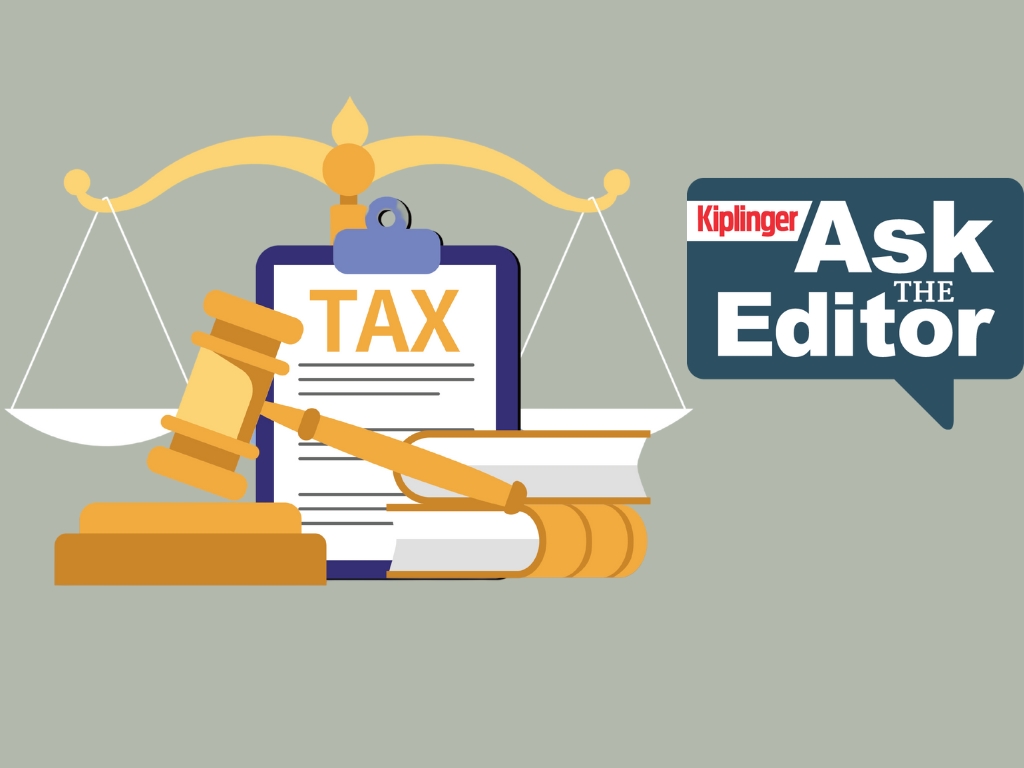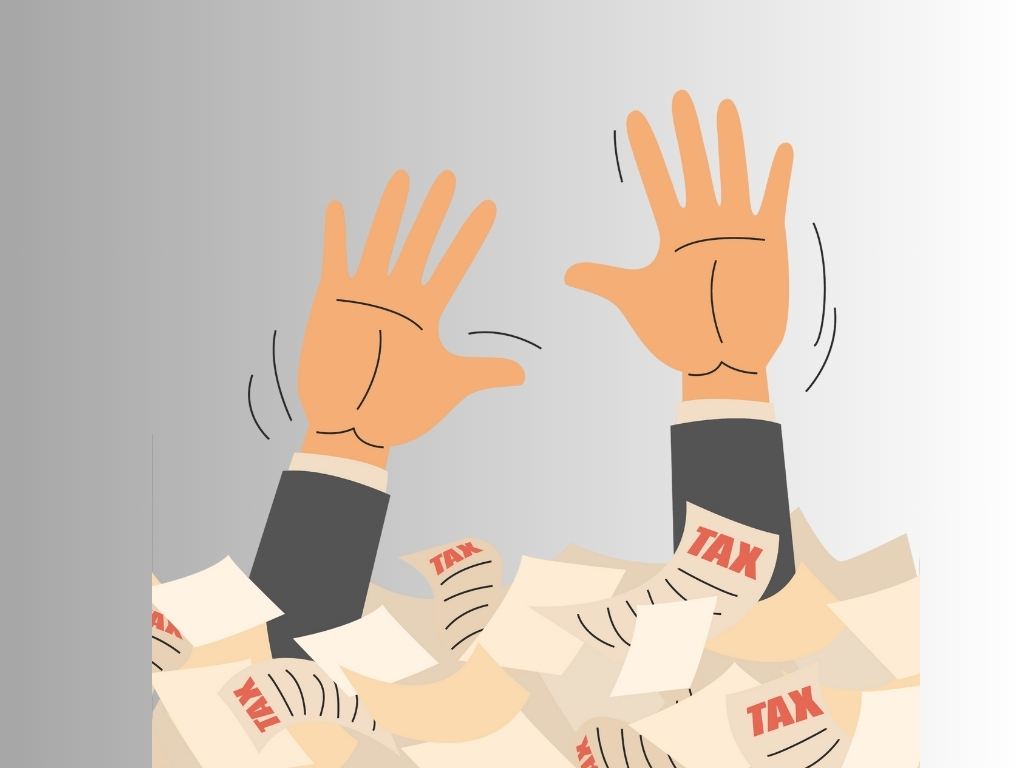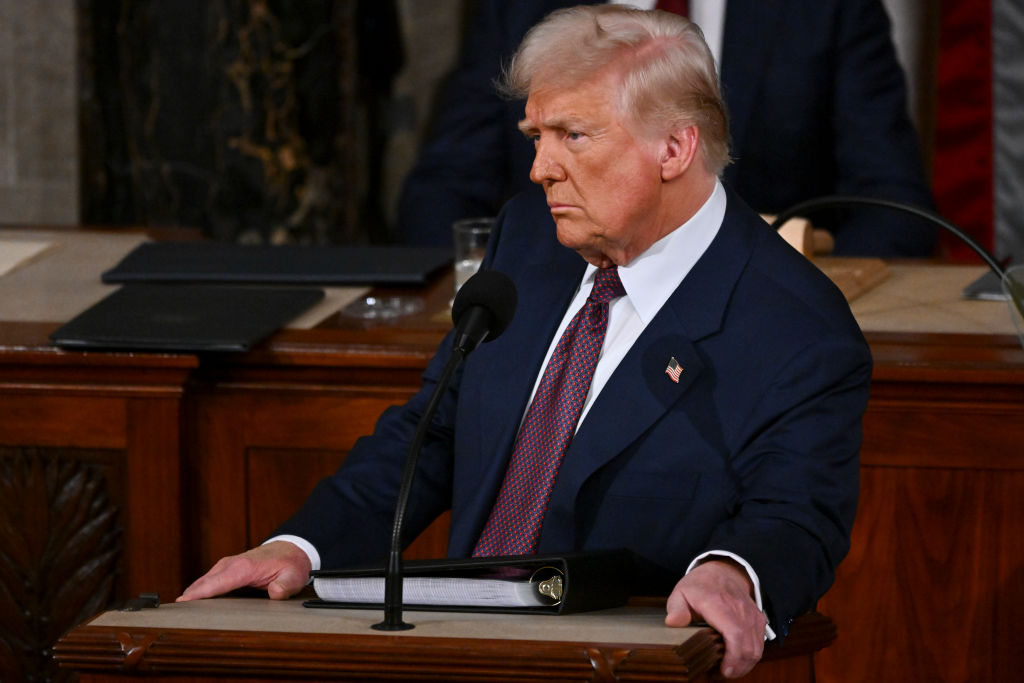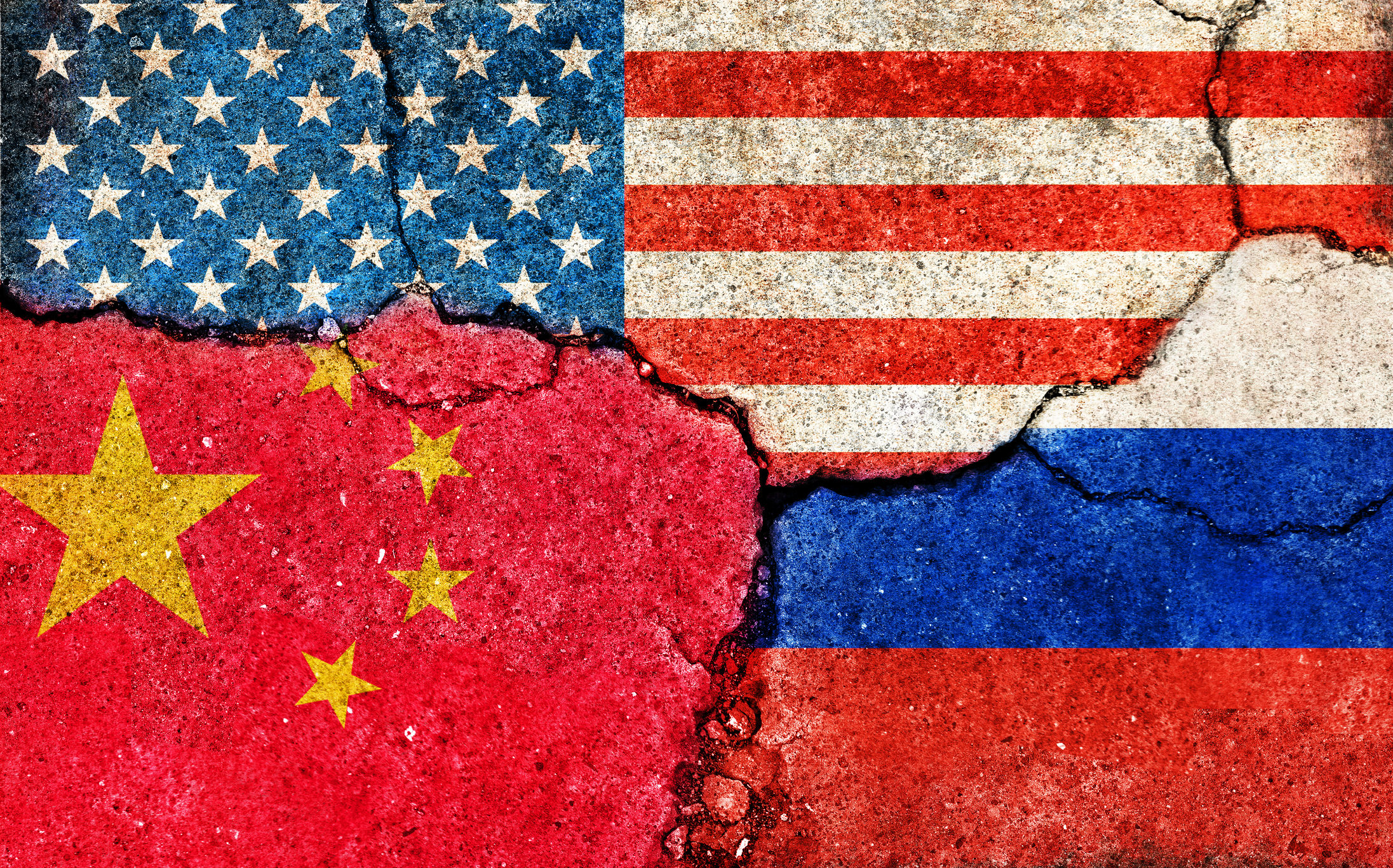Trump's Sweeping New Tariffs Rattle Wall Street, Main Street
Trump is promising that the short-term pain of steep new tariffs on imports will spark a manufacturing renaissance. But they pose major risks in the near term.

To help you understand what is going on in politics and the economy, our highly experienced Kiplinger Letter team will keep you abreast of the latest developments and forecasts (Get a free issue of The Kiplinger Letter or subscribe). You'll get all the latest news first by subscribing, but we will publish many (but not all) of the forecasts a few days afterward online. Here’s the latest…
Prepare for slower growth and higher inflation as the president seeks to revise the global trade system through sweeping tariffs on virtually all U.S. imports. He is promising short-term pain for long-term gain. We agree on the short term. The long term is murkier. Given the highest U.S. tariffs in a century:
Prices of many goods will turn higher. Sellers of imported goods will absorb some of the new duties and pass along the rest to their overseas suppliers and to U.S. consumers. The exact breakdown will vary by product and industry, but the trend is inflationary.
Overall inflation could hit 5% by year-end, up from 2.8% in February, but not as bad as the 9% peak that the economy endured in 2022. Still, for businesses and consumers alike, steeper price hikes will hurt.
Spending will suffer, at the retail level because shoppers’ dollars won’t stretch as far now, and among businesses because of the uncertainty about how long the tariffs will last. The White House wants companies to invest in new manufacturing here. Some will — indeed, some already are — but other firms are likely to hold off. Building new factories is costly and can take years, a major risk if tariffs then get reversed by Trump or his successor.
Recession doesn’t appear imminent. But there is a real threat of stagflation — the dreaded combo of slow growth and stubbornly high inflation, last seen in the 70s. Of course, the exact impact of the new tariffs depends on reactions to them.
Trade partners must decide whether to negotiate, stand pat or push back. We expect a mix of reactions there.

Sign up for Kiplinger’s Free E-Newsletters
Profit and prosper with the best of expert advice on investing, taxes, retirement, personal finance and more - straight to your e-mail.
Profit and prosper with the best of expert advice - straight to your e-mail.
- China will almost certainly retaliate. It faces the highest combined duties, well over 50%. And while the U.S. is a key market that China can ill afford to lose, Beijing also can’t afford to appear cowed by Trump. Look for it to respond by targeting sensitive U.S. products, especially foodstuffs.
- The European Union may well also push back as it faces 20% U.S. duties.
- For now, Australia, India and possibly the U.K. appear unlikely to retaliate.
- Smaller countries facing steep tariffs may have no choice but to negotiate by dropping their own duties on U.S. goods. Vietnam, for instance, depends heavily on exports to the U.S., and now faces a punishing 46% rate. That may be unbearable.
- Mexico and Canada, spared new duties, may also look to make deals. USMCA, the free-trade pact Trump made with them in his first term, is up for renewal in 2026. He appears open to extending it if he gets concessions on migration and other issues.
The big question: Will Trump succeed and bring back U.S. manufacturing?
He is determined to try. But there are limits to what any president can do. Consumers are also voters, and even voters who support him may blanch at the cost tariffs will add to what they buy. Some foreign leaders will bet we can’t take the pain.
This forecast first appeared in The Kiplinger Letter, which has been running since 1923 and is a collection of concise weekly forecasts on business and economic trends, as well as what to expect from Washington, to help you understand what’s coming up to make the most of your investments and your money. Subscribe to The Kiplinger Letter.
Related content
- What’s Happening With Trump Tariffs? Full Updates and Analysis
- How Tariffs Could Impact Affluent Retirees
- Trump's Tariffs on Canada and Mexico to Spike Food, Gas Prices
Profit and prosper with the best of Kiplinger's advice on investing, taxes, retirement, personal finance and much more. Delivered daily. Enter your email in the box and click Sign Me Up.

Jim joined Kiplinger in December 2010, covering energy and commodities markets, autos, environment and sports business for The Kiplinger Letter. He is now the managing editor of The Kiplinger Letter and The Kiplinger Tax Letter. He also frequently appears on radio and podcasts to discuss the outlook for gasoline prices and new car technologies. Prior to joining Kiplinger, he covered federal grant funding and congressional appropriations for Thompson Publishing Group, writing for a range of print and online publications. He holds a BA in history from the University of Rochester.
- David PayneStaff Economist, The Kiplinger Letter
- Rodrigo Sermeño, The Kiplinger Letter
-
 I'm 58 and unexpectedly inherited $650K. Does this change my retirement timeline?
I'm 58 and unexpectedly inherited $650K. Does this change my retirement timeline?We asked an expert financial adviser to weigh in.
-
 Why Smart Retirees Are Ditching Traditional Financial Plans
Why Smart Retirees Are Ditching Traditional Financial PlansFinancial plans based purely on growth, like the 60/40 portfolio, are built for a different era. Today’s retirees need plans based on real-life risks and goals and that feature these four elements.
-
 Ask the Editor, May 30: Questions on the One Big Beautiful Bill
Ask the Editor, May 30: Questions on the One Big Beautiful BillAsk the Editor In this week's Ask the Editor Q&A, we answer tax questions from readers on the House-passed “One Big Beautiful Bill.”
-
 Will State Laws Hurt AI’s Future?
Will State Laws Hurt AI’s Future?The Kiplinger Letter Republicans in Congress are considering a moratorium on state AI laws. But it’s likely a growing patchwork of state AI regulations will be here for a while.
-
 Ask the Editor, May 23: Reader Questions on Gifts, Estate Tax
Ask the Editor, May 23: Reader Questions on Gifts, Estate TaxIn this week's Ask the Editor Q&A, we answer tax questions from readers on gifts, the estate tax and stepped-up basis upon death.
-
 AI Goes To School
AI Goes To SchoolThe Kiplinger Letter Artificial intelligence is rapidly heading to K-12 classrooms nationwide. Expect tech companies to cash in on the fast-emerging trend.
-
 Ask the Editor, May 16 — Reader Questions on Capital Gains
Ask the Editor, May 16 — Reader Questions on Capital GainsIn our latest Ask the Editor round-up, Joy Taylor, The Kiplinger Tax Letter Editor, answers three questions from readers on capital gains.
-
 The IRS is in Chaos
The IRS is in ChaosThe Tax Letter DOGE, departures, data agreements and more are creating havoc at the IRS.
-
 Trump's Second 100 Days
Trump's Second 100 DaysThe Kiplinger Letter President Trump's agenda faces legal and legislative roadblocks.
-
 The Economic Impact of the US-China Trade War
The Economic Impact of the US-China Trade WarThe Letter The US-China trade war will impact US consumers and business. The decoupling process could be messy.